Description
Dragon 1:35 German Gebirgsjger(Caucasus 1942)
Gebirgsjger (often referred to in Poland as Alpine Riflemen) are selected Austrian and German light infantry units designed to operate in the mountains. It is assumed that the history of Gebirgsjger in the German army began in November 1914, when the first battalions of this type were formed. During World War II, the German army still had units of this type, forming a total of as many as 10 divisions, which were used in combat with varying intensity. The equipment of Gebirgsjger units during World War II was similar to traditional infantry formations, but generally Alpine shooters had more machine guns (light and heavy – e.g. MG34 or MG42) and a greater amount of light artillery and mortars. Their equipment was also adapted to operating in high mountain terrain and in very low temperatures, and their training was much more difficult than that of an ordinary walker. Gebirgsjger units were used on a large scale during the fighting in Norway in 1940, during the fighting in the Balkans and Crete in 1941, but also in the Italian campaign (1943-1945) and on the Eastern Front, especially in the Caucasus (1942 -1943) and in its northern part, on the Finnish-Soviet border. It is worth adding that the distinguishing sign of the German Gebirgsjger is the insignia of the edelweiss (German: Edelweiss). It is worth adding that the traditions of Gebirgsjger are now continued in the German Bundeswehr.


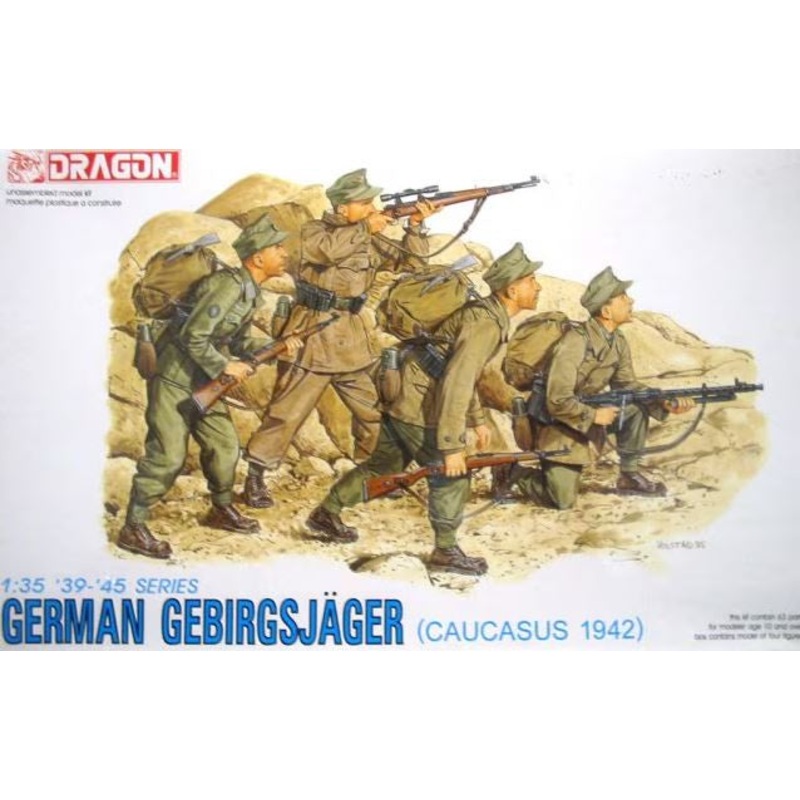
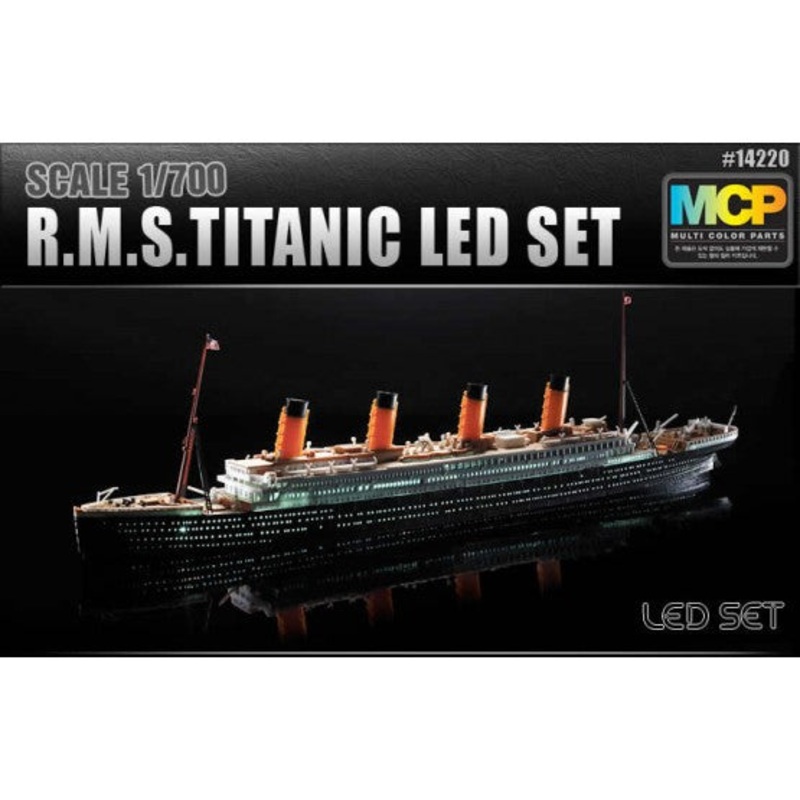
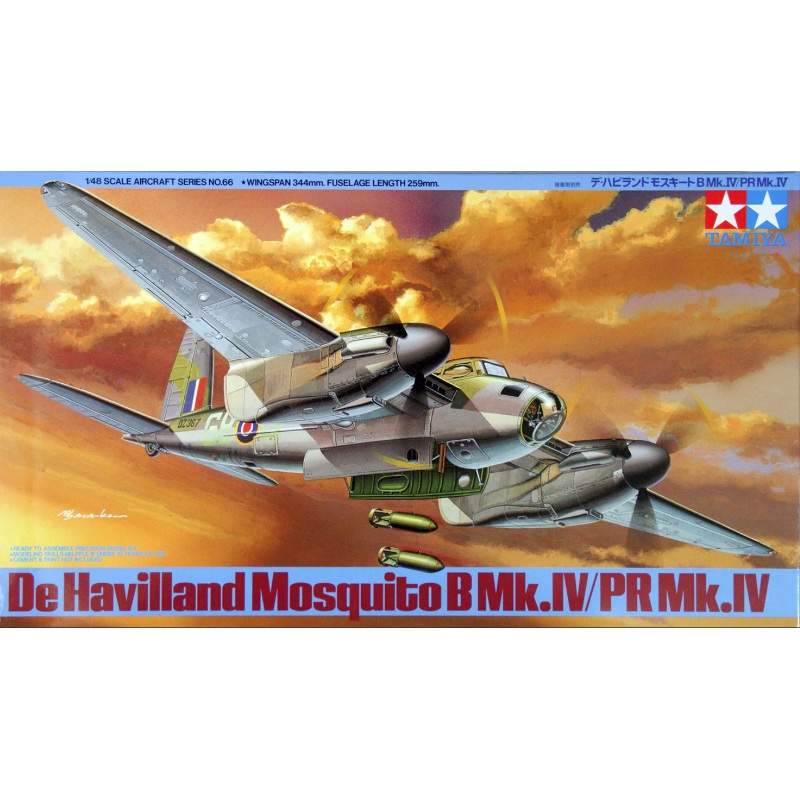
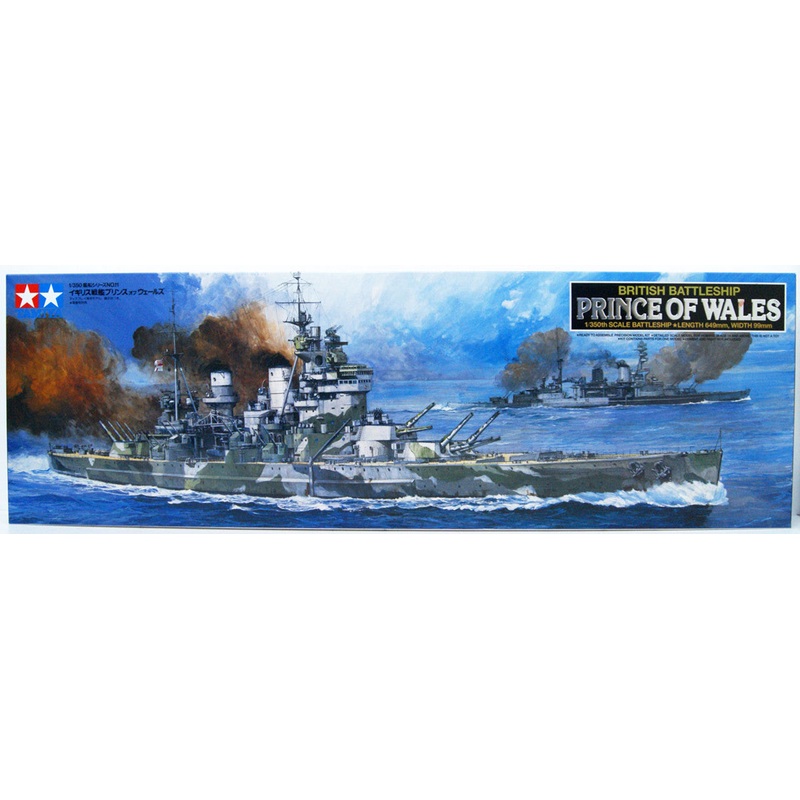
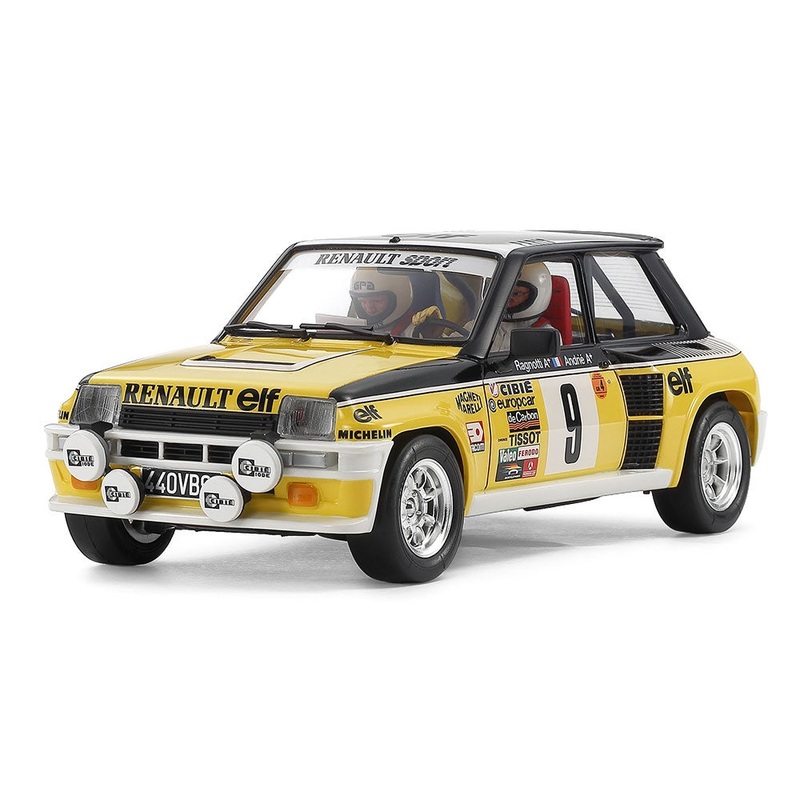
Reviews
There are no reviews yet.